Normalizing Relational Data
Introduction to Data Modeling in Snowflake

Nuno Rocha
Director of Engineering
Understanding unnormalized data
- Unnormalized data (UNF): Data that might lacks a structure, be disorganized, contains repetitions and/or anomalies
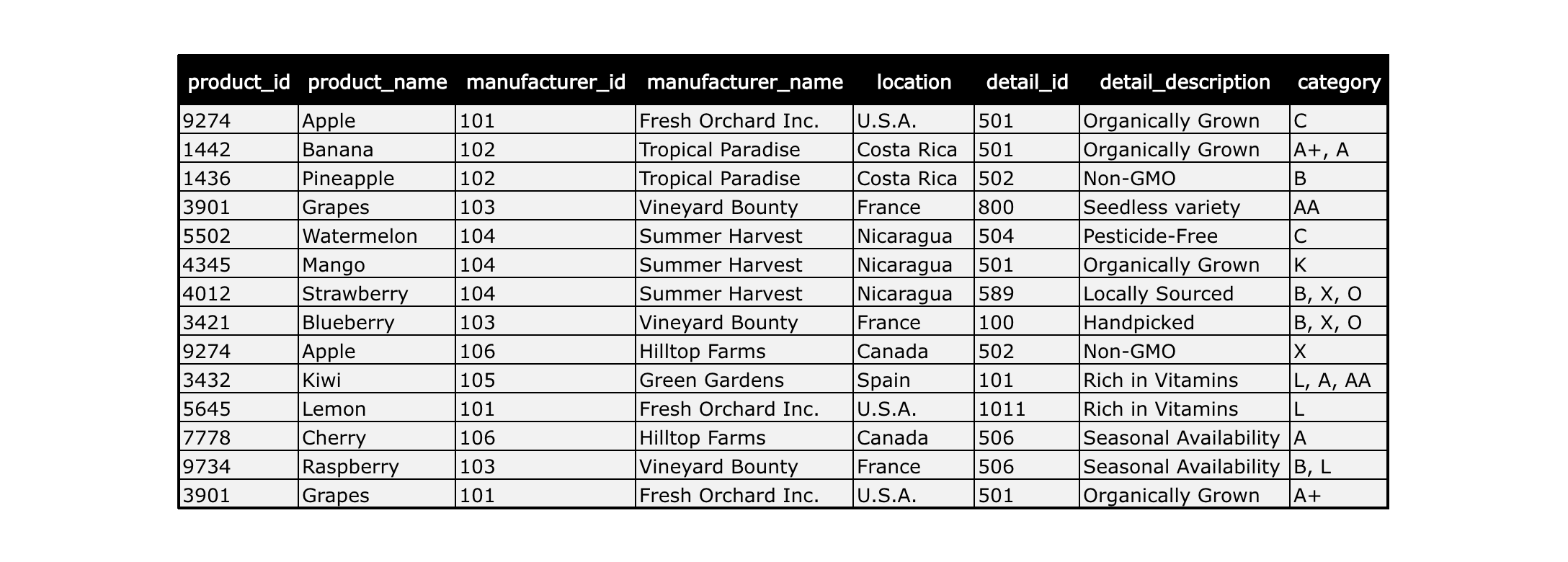
Understanding unnormalized data

Understanding unnormalized data
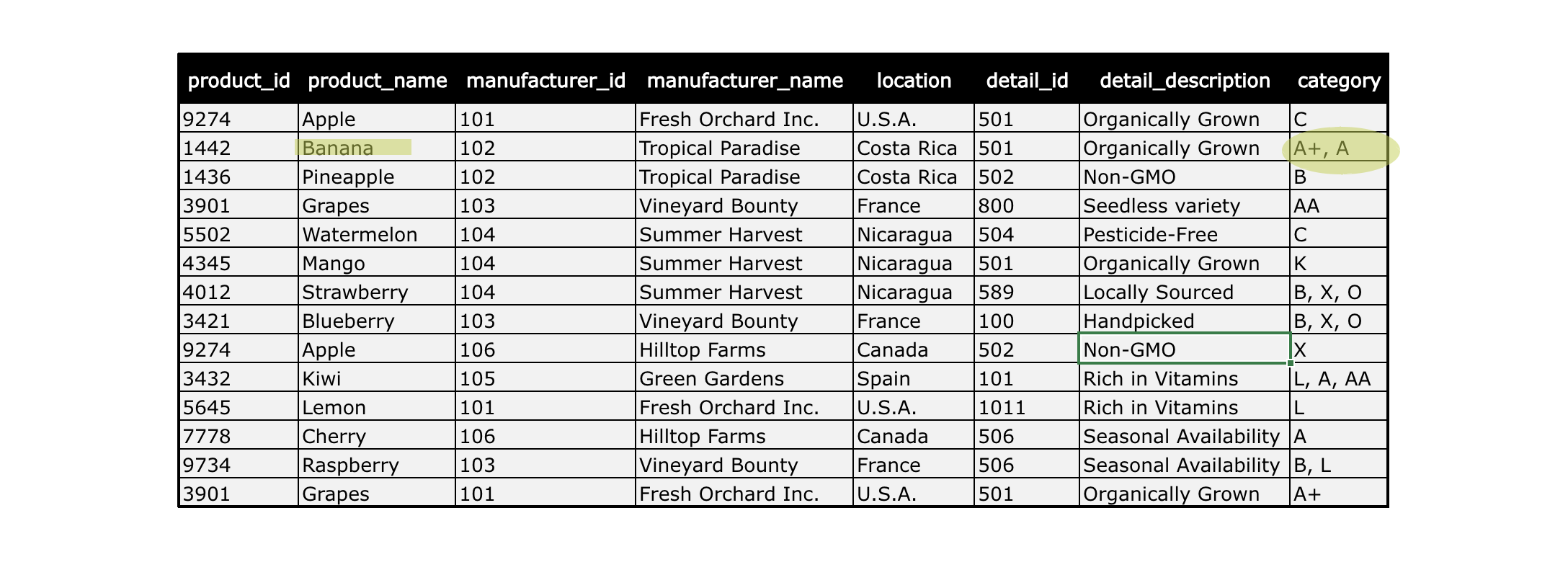
Understanding unnormalized data (3)
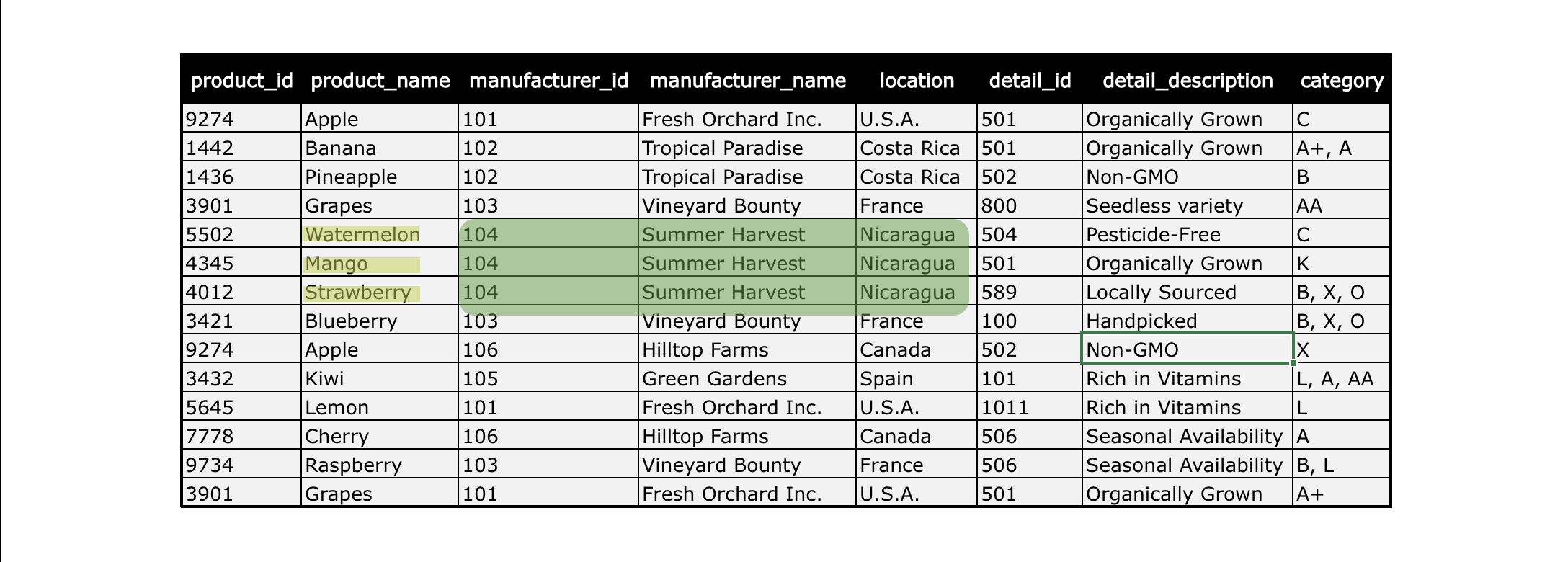
Understanding unnormalized data (4)
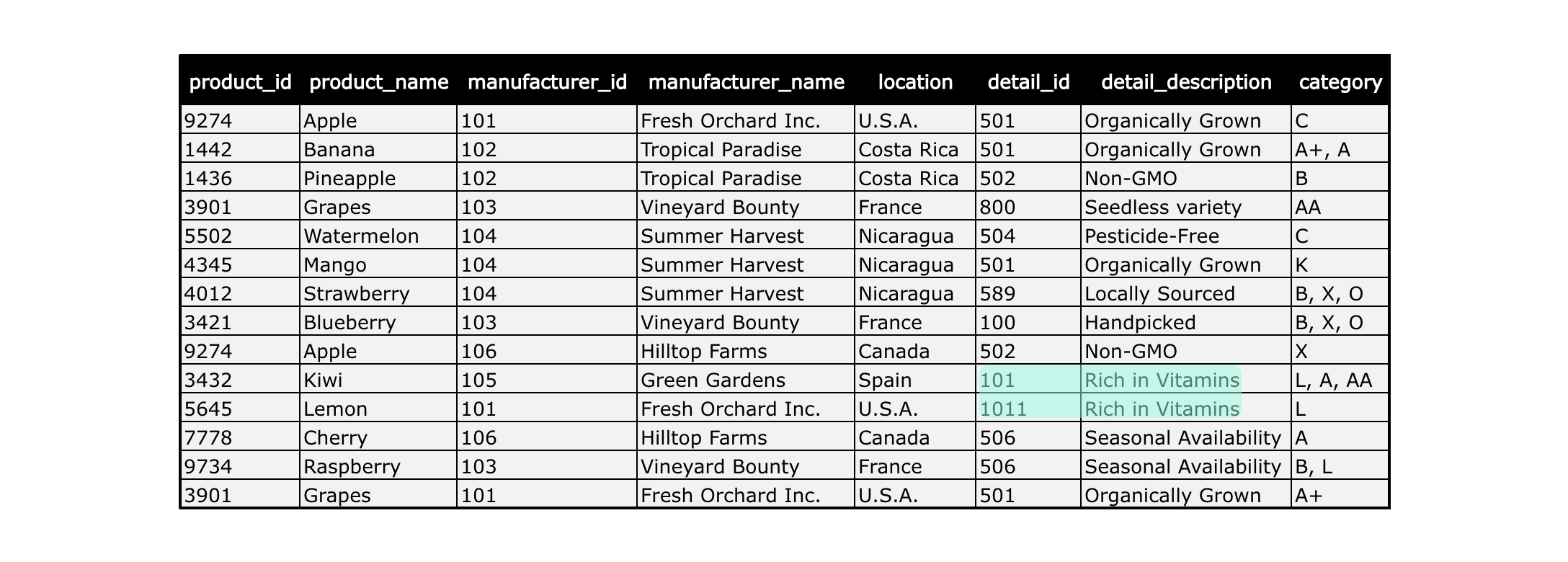
Understanding unnormalized data (5)
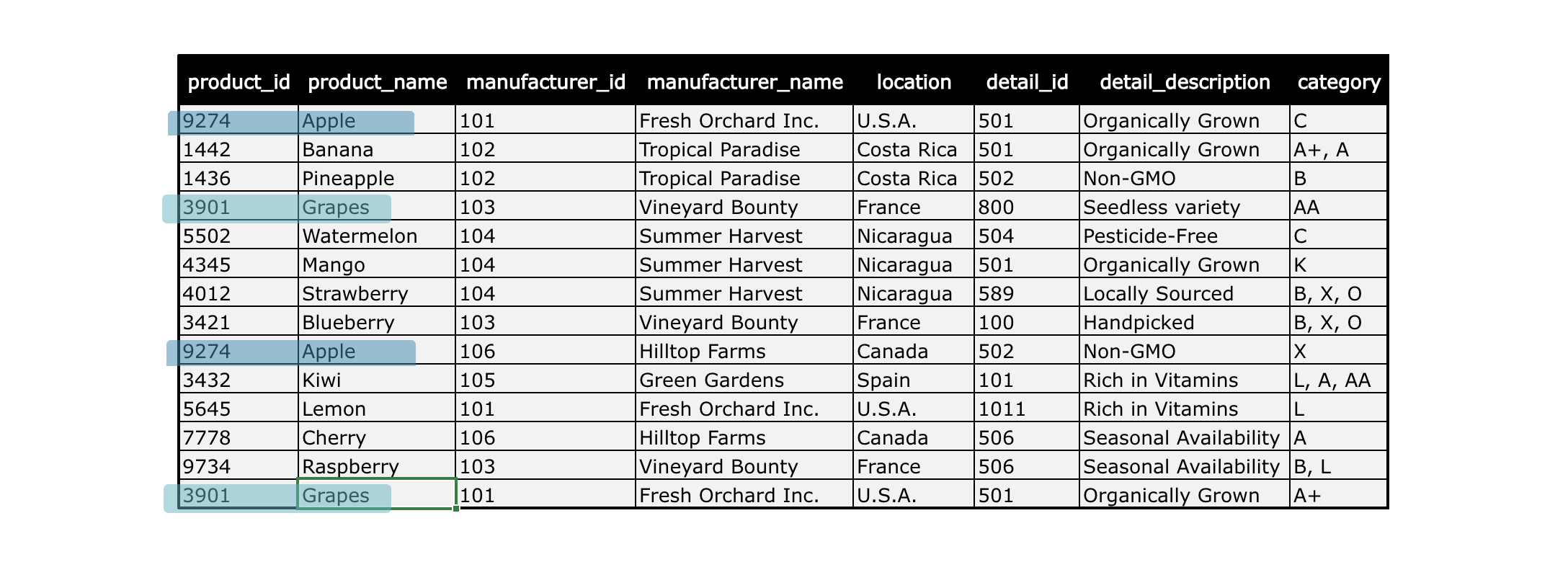
Problems with unnormalized data
- Data redundancy: Unnecessary repetition of data
- Data anomalies: Irregularities or inconsistencies in the data

Identifying unnormalized data
SELECT manufacturer_id,
manufacturer_name,
location,
COUNT(*) AS repetitions
FROM allproducts
GROUP BY manufacturer_id,
manufacturer_name,
location
HAVING COUNT(*) > 1;

Identifying unnormalized data
SELECT DISTINCT category
FROM allproducts;
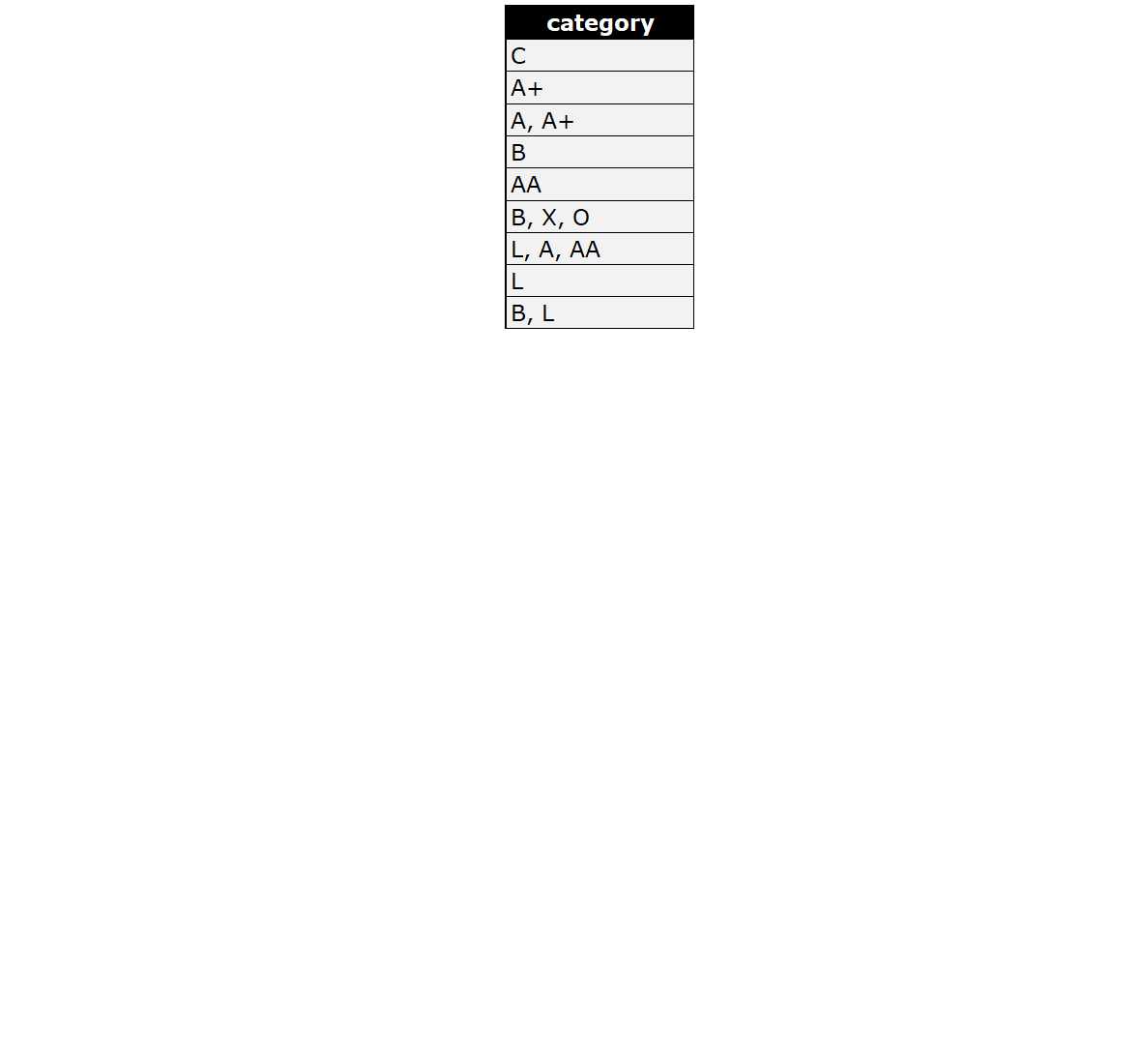
Identifying unnormalized data
SELECT DISTINCT product_name,
category
FROM allproducts
WHERE category = 'L';
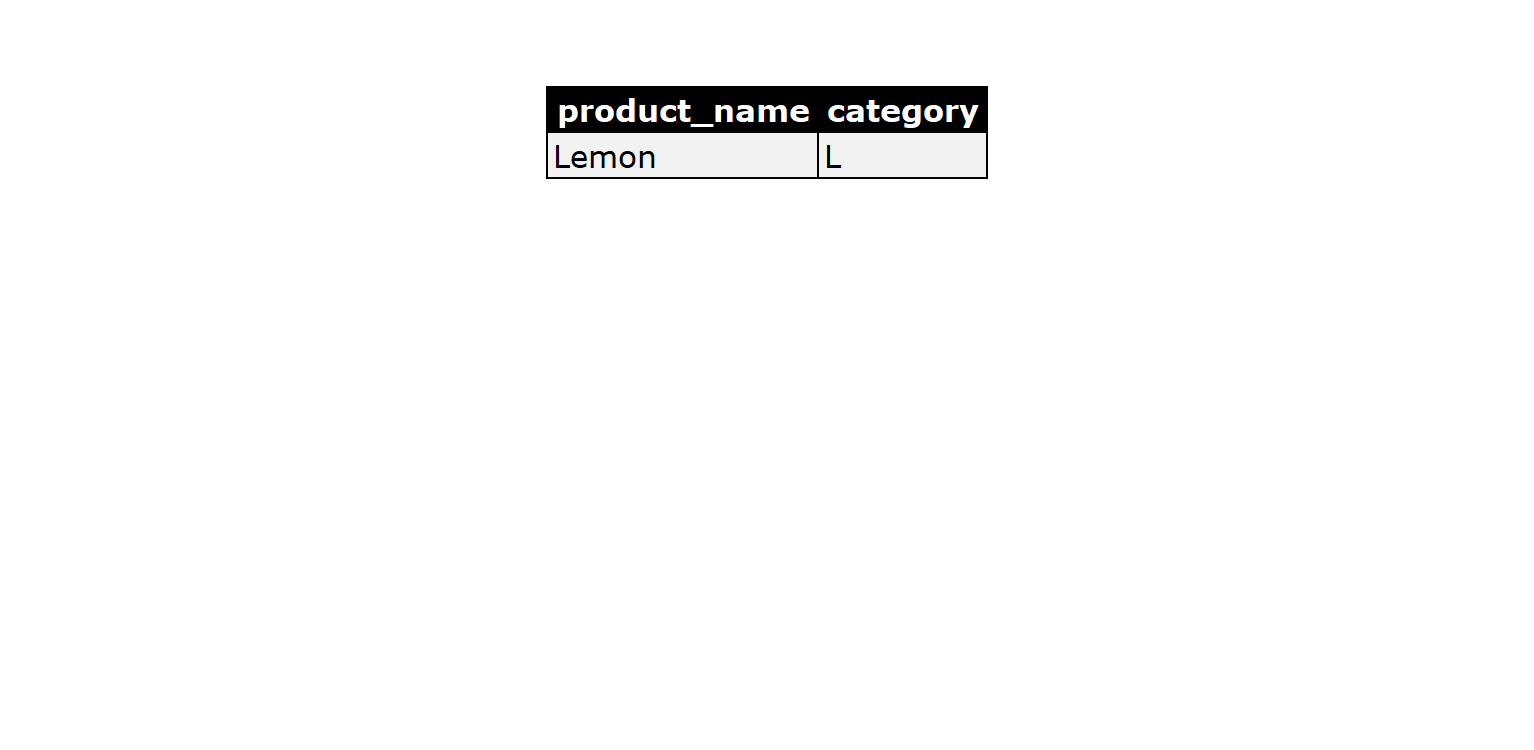
Identifying unnormalized data
SELECT DISTINCT product_name,
category
FROM allproducts
WHERE category = 'L';
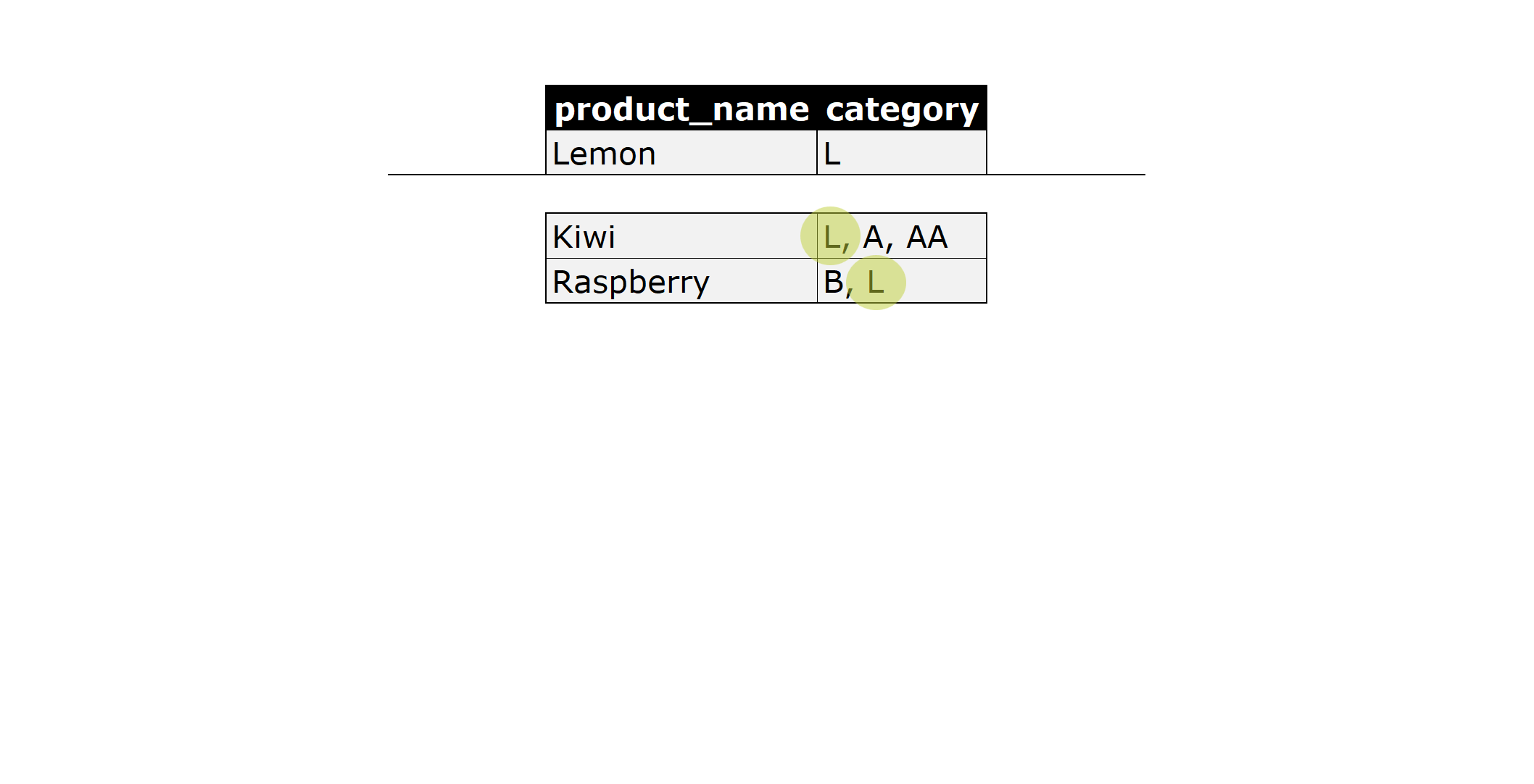
Normalized data
- Normalized data: Organized data into distinct and atomic entities
- Benefits:
- Improves data accuracy and reliability
- Enhances query performance
- Optimized resource use
- Scalability
Terminology and functions overview
- Unnormalized data (UNF): Data that might lack a structure, be disorganized, or contain repetitions or anomalies
- Normalized data: Organized data into distinct and atomic entities
SELECT FROM: SQL clause to retrieve data from a specific entityDISTINCT: SQL clause to return unique (different) values from an attributeCOUNT: SQL clause that counts the number of rows that match the specified criteriaGROUP BY: SQL clause that groups rows with the same values by the specified attributesHAVING: SQL clause used with GROUP BY to filter groups based on a conditionWHERE: SQL clause to filter records based on a set conditionAS: SQL clause used to rename a column or table with an alias
Functions overview
-- Querying unique values while being filtered by a specific condition
SELECT DISTINCT column_name
FROM table_name
WHERE column_name condition value;
-- Counting the values aggregated by a specific column while filtering the results
SELECT column_name,
COUNT(*) AS alias_name
FROM table_name
GROUP BY column_name
HAVING COUNT(*) condition value;
Let's practice!
Introduction to Data Modeling in Snowflake

